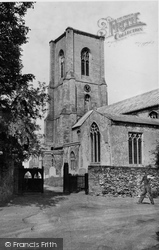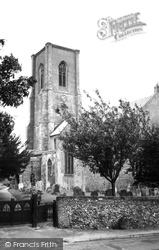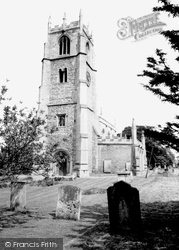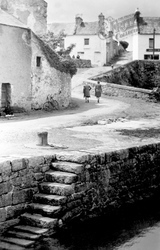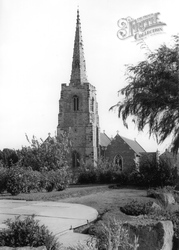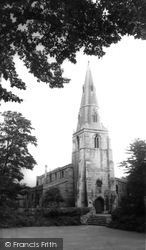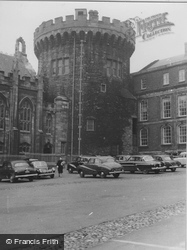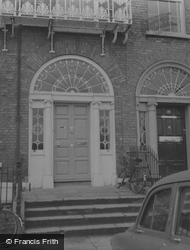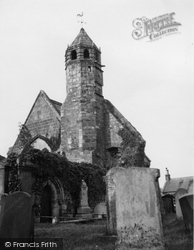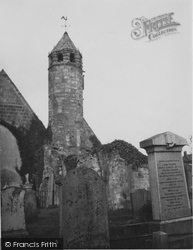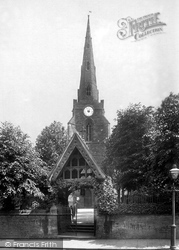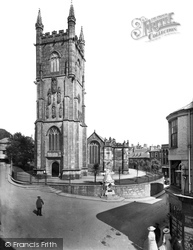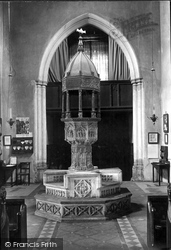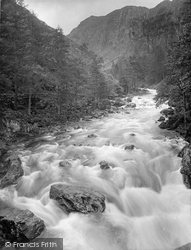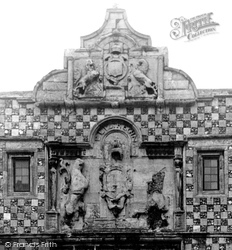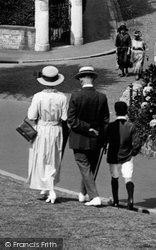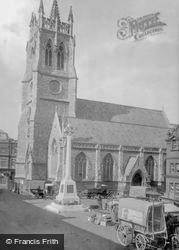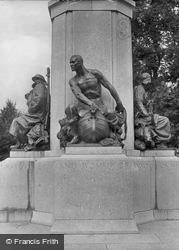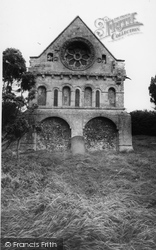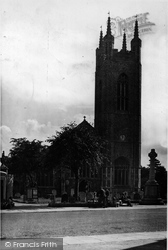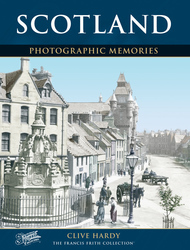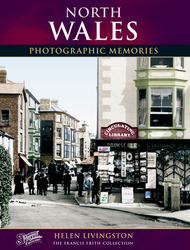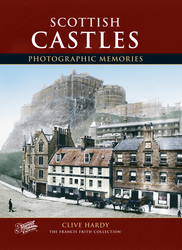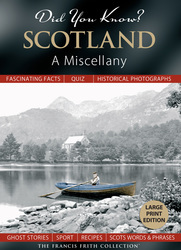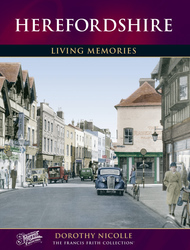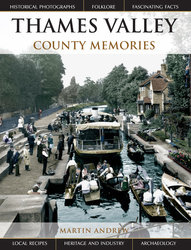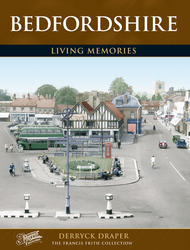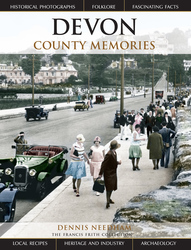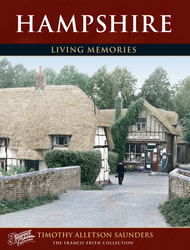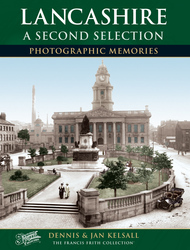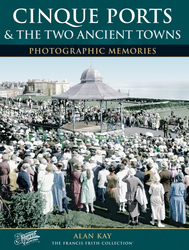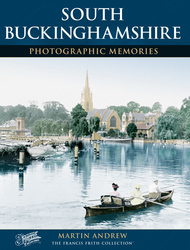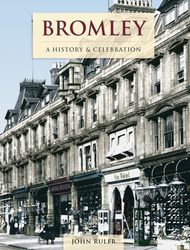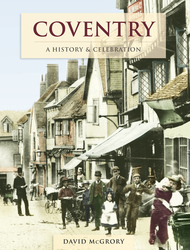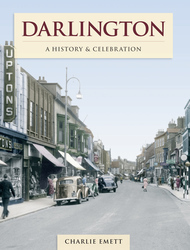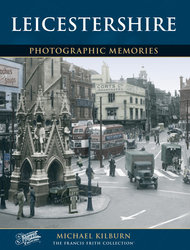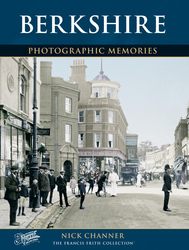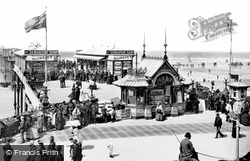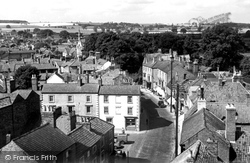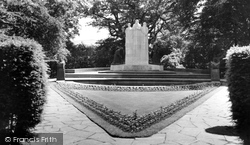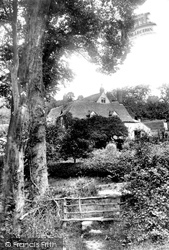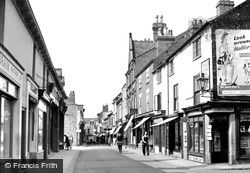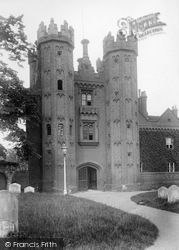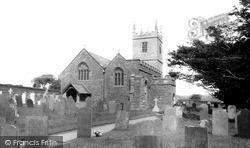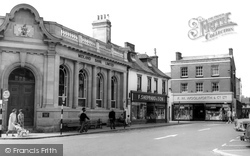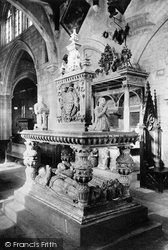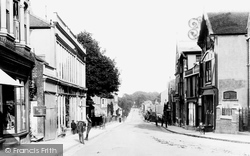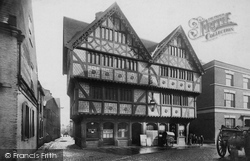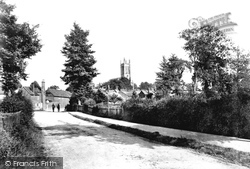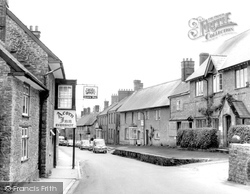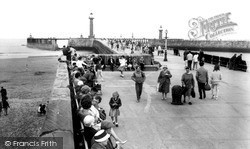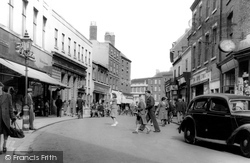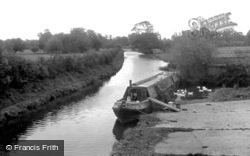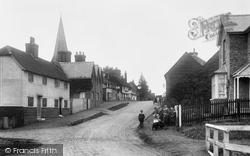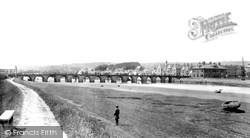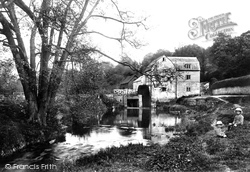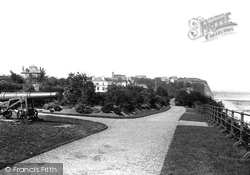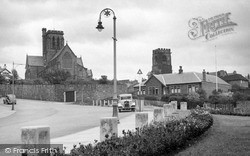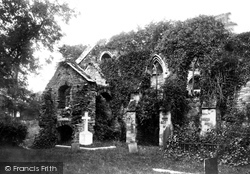Merry Christmas & Happy New Year!
Christmas Deliveries: If you placed an order on or before midday on Friday 19th December for Christmas delivery it was despatched before the Royal Mail or Parcel Force deadline and therefore should be received in time for Christmas. Orders placed after midday on Friday 19th December will be delivered in the New Year.
Please Note: Our offices and factory are now closed until Monday 5th January when we will be pleased to deal with any queries that have arisen during the holiday period.
During the holiday our Gift Cards may still be ordered for any last minute orders and will be sent automatically by email direct to your recipient - see here: Gift Cards
Places
36 places found.
Those places high-lighted have photos. All locations may have maps, books and memories.
- Shanklin, Isle of Wight
- Ventnor, Isle of Wight
- Ryde, Isle of Wight
- Cowes, Isle of Wight
- Sandown, Isle of Wight
- Port of Ness, Western Isles
- London, Greater London
- Cambridge, Cambridgeshire
- Dublin, Republic of Ireland
- Killarney, Republic of Ireland
- Douglas, Isle of Man
- Plymouth, Devon
- Newport, Isle of Wight
- Southwold, Suffolk
- Bristol, Avon
- Lowestoft, Suffolk
- Cromer, Norfolk
- Edinburgh, Lothian
- Maldon, Essex
- Clacton-On-Sea, Essex
- Felixstowe, Suffolk
- Norwich, Norfolk
- Hitchin, Hertfordshire
- Stevenage, Hertfordshire
- Colchester, Essex
- Nottingham, Nottinghamshire
- Bedford, Bedfordshire
- Bury St Edmunds, Suffolk
- Aldeburgh, Suffolk
- St Albans, Hertfordshire
- Hunstanton, Norfolk
- Chelmsford, Essex
- Bishop's Stortford, Hertfordshire
- Peterborough, Cambridgeshire
- Brentwood, Essex
- Glengarriff, Republic of Ireland
Photos
2,038 photos found. Showing results 61 to 80.
Maps
25 maps found.
Memories
Sorry, no memories were found that related to your search.
Captions
237 captions found. Showing results 73 to 96.
As with many seaside resorts, one of the popular attractions was a trip in a boat.
The tower of St Wilfrid's Church had to be the perch of the photographer for him to take this shot.
Dating from 1926, the war memorial was opened by the Earl of Derby, though its cost was borne by Caleb Thornber, a cotton manufacturer and former Mayor of Burnley.
At the height of the British Empire, the colleges took in the children of military officers and civil servants posted to far-flung corners of Queen Victoria’s realm.
The characteristics of a real country market town were being established. A handsome stone church was built, originally dedicated to St Peter and St Paul but later to All Saints.
The Village c1955 Shotley Gate, at the very end of the Shotley Peninsula, was home to the former HMS 'Ganges', the Royal Navy's training school.
Originally 15th-century, St Paul's has been greatly restored, but it still offers a couple of treasures inside. One is the tomb of Lady Ann Chichester who died in 1723.
Here we see the south side of Wimborne's square at a time when the bank was called the Midland. This, with the nearby Minster, was the heart of the town.
Here we see the south side of Wimborne’s square at a time when the bank was called the Midland. This, with the nearby Minster, was the heart of the town.
Approach from the south, over a brook and through trees, to the 15th-century tower and slender recessed crocketed spire of St Mary's, standing over 200 feet high.
This view captures some of the domestic feel of the lower High Street beyond the shops nearer Market Square.
In South Street, Shodfriars Hall is an echo of the four friaries established in the medieval town.
A century on, the view of Church Hill in Marlborough Street is still easily recognisable, despite the two great complexes built on each side of the road, the Lloyds TSB Training Centre on the left and
Wimborne Street c1955 Thomas Hardy writes of a journey into Cranborne in ‘Tess of the D’Urbervilles’, where the present Fleur-de-Lys tavern is depicted as the much less salubrious ‘Flower-de-Luce
Many of the people seen here would be day trippers rather than resident visitors, having come for a breath of fresh sea air on one of the many excursion trains from inland.
Silver Street led from the Market Place to the river, which was lined by the warehouses and factories of this once busy inland port, including my grandfather’s Rose Brothers, a packaging machinery
Whether arriving from the harbour or the Glenarm Road, this was the first view of the aptly named Main Street.
Some of the soldiers who were killed in the furious battle of 1644 are buried in the village churchyard.
Churchgate Street lay on the main route from London to Newmarket, Cambridge, Norwich and the North.
A superb study of the Long Bridge, taken at low tide. The iron supports of the railway bridge, just 25 years old at this time, are visible beyond.
hen travelling south from Leatherhead, we pass on our right the fine house in Norbury Park; it is said to be one of the loveliest estates in Surrey.
By the close of the century, the town had attracted many of the wealthiest industrialists and shipping magnates intent on escaping an overcrowded Cardiff.
As we look at the church from Broadway, we get a closer view of how large it is.
This was the chantry chapel of St Thomas Becket, licensed 18 March 1377 in the reign of Edward III. It was in use as a grammar school from about 1566 to 1853, and since became ruinous.
Places (6814)
Photos (2038)
Memories (0)
Books (431)
Maps (25)


